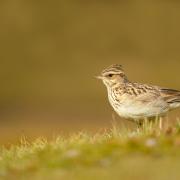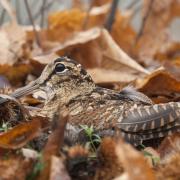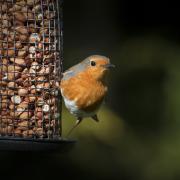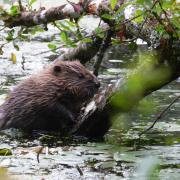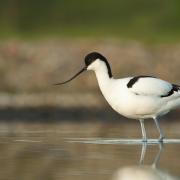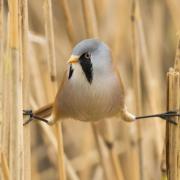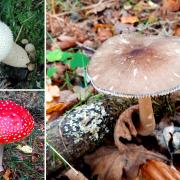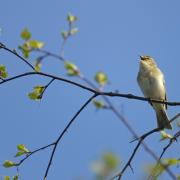Paul Morton, of Birds of Poole Harbour, reveals the remarkably exotic feathered spring visitors that are making pulses race in the bird watching community
March heralds the true start of spring but with temperatures so variable it’s often hard to get into the swing of spring, especially when snow and frosts are still possible during this ‘month of transition’. However, when April arrives its not only the warmer temperatures that can make you feel slightly hot under the collar, some of the more exotic visitors to our shores can get many pulses racing.
Throughout April millions upon millions of birds of all shapes and sizes are migrating their way across Europe. Having made the long voyage up through Africa and into southern Europe many stay put once they hit the Mediterranean but, more often than you think, our Dorset coastline plays hosts to ‘spring overshoots’, birds that have accidently migrated too far north on route to their normal breeding grounds.
One such bird is the charismatic and much loved hoopoe. Normally a bird of southern and central Europe, between five and ten of these distinctive birds find themselves on various stretches of Dorset coastline in April, with Poole Harbour seeing at least one or two recorded each year. You can’t fail to be impressed by a hoopoe with their large striking punk-rocker crests and broad black and white wings, which are almost butterfly-like. They love feeding on leather jackets, beetle grubs that hide in the ground. On a warm mild April morning keep your eyes peeled along the coastal foot paths of Ballard Down and in horse paddocks around Studland for this exotic visitor from the south.
Another now regular ‘accidental’ arrival from warmer regions is the elegant, if not slightly ungainly black-winged stilt. Previous to 2014 there had only ever been two records of this species in Poole Harbour, the last being in 1978. However in the last three years alone, six black-winged stilt have been spotted in the harbour with Lytchett Fields and Swineham floods favored feeding spots. Their long red legs and needle fine bill makes them unmistakable, and with up to five pairs attempting to breed in the UK recently, its fair to say there’s a good chance they’ll try to settle in Dorset in the near future.
Other southern ‘overshoots’ include the handsome red-rumped swallow, a vibrantly coloured close relative to our visiting swallows. With their pale rusty red rump and neck collar they’re easily distinguishable amongst feeding flocks of hirundines over large lakes and gravel pits. Also check barbed wire fence lines for crafty shrikes, as both red-backed and woodchat shrike can turn up uninvited and then proceed to terrorise bees and smaller birds for their next meal.
Easier to spot is the regal white stork, another semi-regular visitor from the south. Standing at over a meter tall and with a two meter wingspan, a gliding stork overhead on a balmy April morning will instantly make you think your summer holidays have started early!
More…
• The arrival of spring migrants to Poole Harbour - The race is on, which feathered spring migrant will arrive in Dorset first? Paul Morton of Birds of Poole Harbour is scanning the skies for ospreys too








